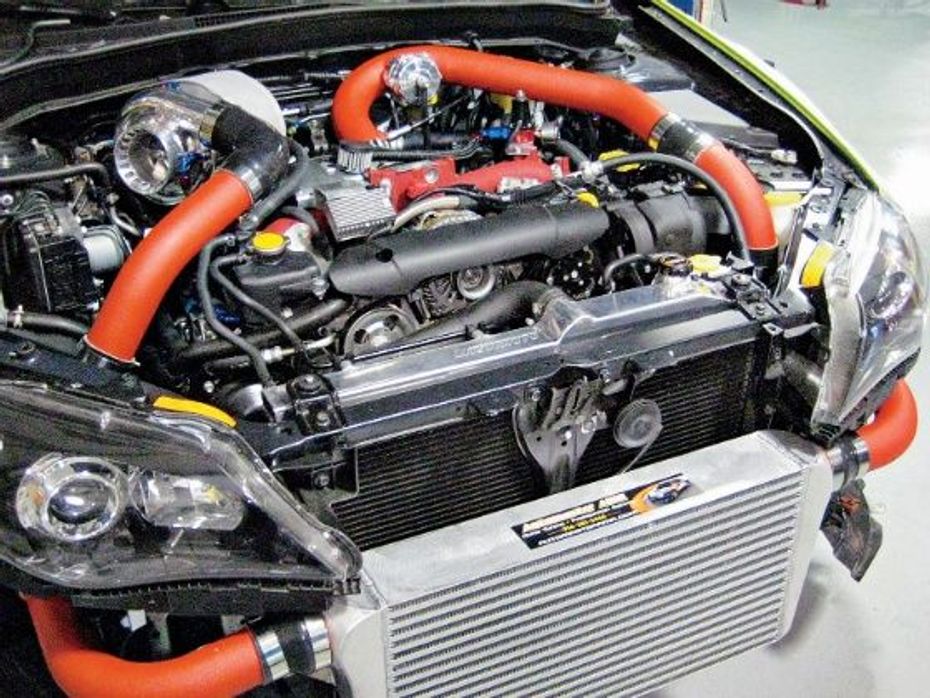Explore all New Cars of 2024
 In Pics: 2024 Force Gurkha 5-door Colour Options
In Pics: 2024 Force Gurkha 5-door Colour Options


In a country like India where temperatures can surge to over 45 degrees Celsius, a reliable and well maintained cooling system could be the difference between a well running engine and one that can self implode.
Here are a few tips that can help you run a cool and composed engine:
Monitoring your car’s fluid levels, especially in the summer months is crucial. Do this once a week, preferably on a weekend. Remember to open the pressure filler cap on the radiator only when cold. Once the temperature builds up and the car begins to get warm, the radiator gets pressurized to improve the boiling point of the fluid. While water is an excellent conductor of heat, a mixture of coolant and water usually works best. Most manufacturers will advise a 100 per cent coolant or 50:50 per cent coolant to water ratio in their cars.
The radiator hoses that connect the engine block and the water pump to the actual radiator are a crucial part of the cooling system. Rubber parts, under the extreme environment that gathers below the bonnet are usually the most prone to wear and tear. Considering the sheer pressure that the hot water exerts of the walls of the hoses, even the smallest leak or crack in the rubber can lead to a major issue. Loss of pressure in the cooling circuit can not only a sudden increase in water temperature but can also lead to overheating of the engine. The best way to check if your hoses are leaky is to give them a thorough once over visually. If you find a layer of green liquid or moisture of any sort, they might need replacing immediately.

Most modern cars come with two coolant liquid reservoirs. One of course, is the radiator, the other being either a surge tank or a degassing tank. Usually, cars that have no filler cap on the actual radiator are fitted with a degassing tank. The degassing tank acts as a pressurized part of the cooling system and is to be filled regularly. In the past, most cars built for motor sport applications were fitted with a separate degassing tank in order to preserve the integrity of the radiator and to add an extra reservoir so as to increase fluid capacity. Most larger cars, or high performance cars today come standard with a degassing tank. The degassing tank, also acts as a release mechanism for trapped air or gas bubbles thereby making sure the system runs perfectly.
Cars such as hatchbacks usually come fitted with an extra plastic tank with a non-pressurized seal. This is a surge tank. All this does is to collect extra fluids in case of a high-pressure situation. In case of an overheating, it is imperative to remember than one should fill the radiator and not the surge tank in order to cool the car down.
Your car’s cooling fan is as responsible in cooling the radiator down as are the likes of the water pump. In case the fan stops working, check the fuses and solenoids that connect to the fan to see if they are worn. If need be connect the fan directly to the battery so as to avoid major engine wear caused due to overheating.
India's largest automotive community